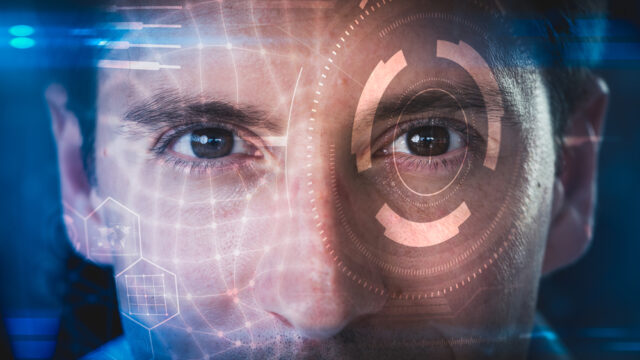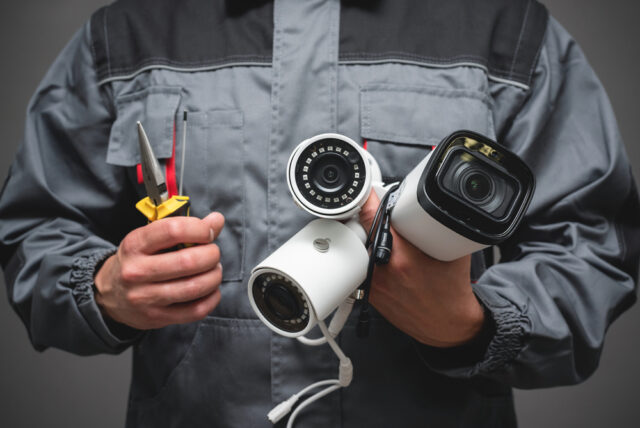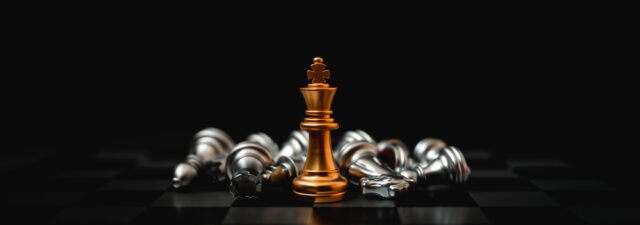
AI-based video analytics: what you need to know before installation
Today, video analytics is part of many video surveillance systems by default. It is not an attempt of developers to increase the price, it is a need of users to increase situational awareness at their sites. Video monitoring today is not just surveillance but also data analysis.
However, video analytics in video surveillance can work worse, if the rules of installation are not taken into account.
Principle of video analytics
Video analytics is artificial intelligence capable of responding to a certain nature of information coming from surveillance cameras. Let’s break down the subject in more detail.
Video analytics uses video footage to compare it to established “norm” conditions that are defined in the software. The principles of operation differ depending on the type of analytics, then in general the scheme looks like this:
- artificial intelligence looks for certain information in the incoming data stream and compares it with the established rules in the kernel;
- if the data does not correspond to the “norm”, the system reacts.
For example, the “brains” of the video analytics are prescribed that there should be no movement in a given surveillance area. As soon as the system notices a foreign object, a signal will be sent to the operator or the owner. And thanks to the development of IT technology, artificial intelligence will be able to distinguish between a person on the territory and a passing bird, etc.
You can learn more about AI in the articles:
- “Is intelligent video analytics a bubble or a breakthrough in technology?“
- “Intelligent video analytics: advantages, principles, tasks“.
- “Security perimeter: protection with thermal imaging and video analytics“.
Types of video analytics
There are 3 main types of video analytics with artificial intelligence:
- basic. Works based on changes in a part of the image. For example, when a group of pixels changes color, the system will calculate this by movement. However, the method often reacts falsely;
- advanced. The system looks for shapes rather than changes in individual pixels. This greatly reduces the percentage of false alarms;
- deep-learning analysis. Video analytics works based on neural networks. It is a new technology that produces the highest accuracy and efficiency to date.
Before installing cameras based on video analytics, you need to understand what the video surveillance will be used for. This requires a project, as well as considering 3 factors that can reduce the effectiveness of the entire system.
Factors to know before installation
AI cameras should not be installed without preparation. Many systems require certain rules for minimum efficiency. This can relate to shooting speed, tilt angle, video resolution, etc.
We will look at 3 main factors.
Barrel Effect
Optical distortion is the movement of objects to the corners of the picture. This effect reduces the possibility of identifying objects by the system. Cameras without a wide dynamic range are prone to this.
Choose cameras with a wide dynamic range and high shutter speed if objects in the surveillance area move quickly.
Bandwidth
Video analytics need sufficient bandwidth and processing power for analysis. Video footage should not slow down the network and fill the storage in minutes or hours, then there is a risk of not recording the most important moment of surveillance, such as a rule violation.
Some users think that a high bandwidth organization requires more financial expenditure. However, this is not the case. Read the article: “Reduce the cost of HD video surveillance bandwidth“.
Illumination level
Cameras can only work under certain illumination conditions. For example, before installation, you need to understand how long in the day the surveillance will work. If:
- the cameras will be on 24/7, you need an automatic transition feature from day to night shooting;
- the equipment works only during the day, you need to consider the location of the sun at different times of day, so there was no flare images;
- devices are only needed at night, so you need to consider these 6 factors when choosing.
Without good lighting, all images will be of poor quality and analytics will not be able to make decisions based on them.
Conclusion
Many video surveillance problems appear as a result of poor installation. If you, as a responsible user, take the time to design and think through the goals of the system, then AI surveillance will last you for many years without any difficulties.














